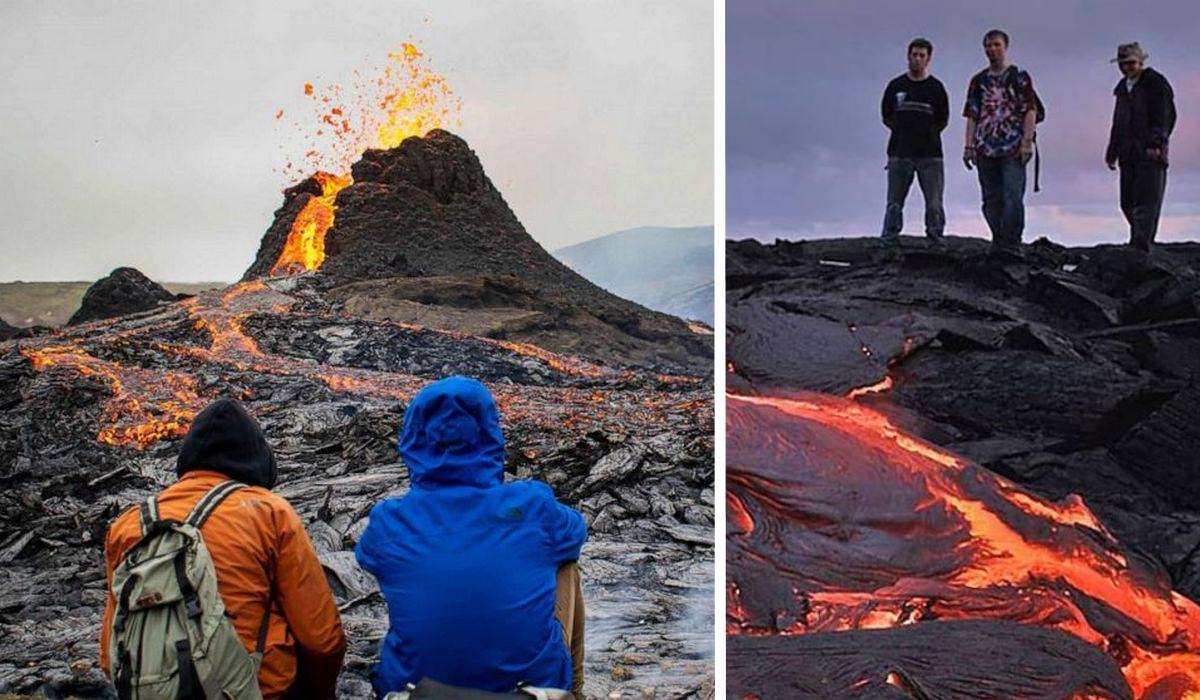A foreign tourist lost his way and was not seriously injured when he fell into the crater of the active volcano Vesuvius in Naples, Italy – one of the most dangerous volcanoes in the world and famous for once destroying the city of Pompeii. Italian mass media reported on the incident.
A 23-year-old American traveler fell into the crater of Mount Vesuvius, which looms over Naples. The incident happened last Saturday after a tourist and three of his relatives decided to bypass the official entrance for visitors to the volcano and take a forbidden route to the summit.
At some point, the man lost his balance and fell into a ravine. The carabinieri (police) came to the aid of the grieving traveler, and the emergency service provided medical assistance, as the man was injured. Police then arrested the hiker and his companions, along with two other visitors, on charges that they had taken a route that was marked by signs as very dangerous and off-limits.
Background: Mount Vesuvius is an active volcano that is an unmistakable landmark of the Bay of Naples. Its beauty fascinates. However, it is as beautiful and spectacular as it is dangerous. Today, Vesuvius is considered one of the most dangerous in the world. It is the only volcano on the mainland of Europe that has erupted within the last hundred years (Etna, of course, is on the island of Sicily). About 3 million people live quite close to the crater and are at risk of being harmed by an eruption of Vesuvius. Of these, about 600,000 people live in the most dangerous zone, making it the most densely populated volcanic region in the world. If the volcano begins to erupt, the residents of these areas may die first, experts said.
The most famous eruption of Vesuvius occurred in AD 79 and destroyed the Roman cities of Pompeii and Herculaneum. It went down in history as one of the deadliest in the history of Europe. To date, more than 1,500 human remains have been found in Pompeii and Herculaneum. Although the total death toll remains unknown, some estimates put it as high as 16,000, with a combined population of both cities at the time of around 20,000.
Vesuvius erupted again in 1913 and remained active until 1944. Over the years, lava could be seen filling the crater, sometimes spilling out. This period of continuous eruption ended with a major eruption in March 1944 that destroyed the coastal villages of San Sebastiano al Vesuvio, Massa di Somma, Ottaviano, and parts of San Giorgio a Cremano. At that time, the 340th Bombardment Group of the US Air Force was stationed at Pompeii Airfield near the town of Terzigno, just a few kilometers from the eastern foot of the volcano. Hot ash and magma from the eruption destroyed 78 to 88 aircraft.

